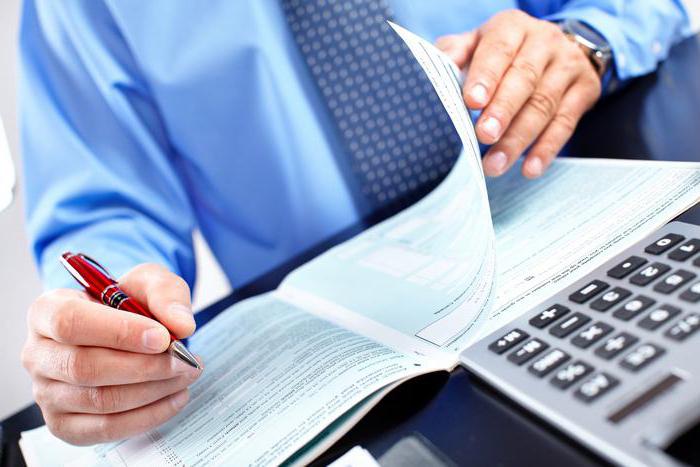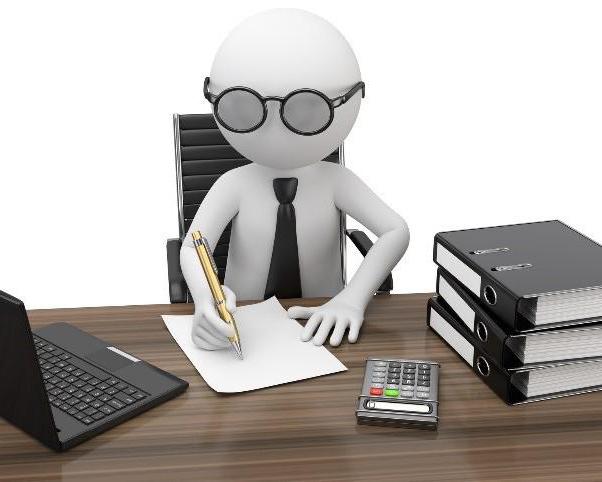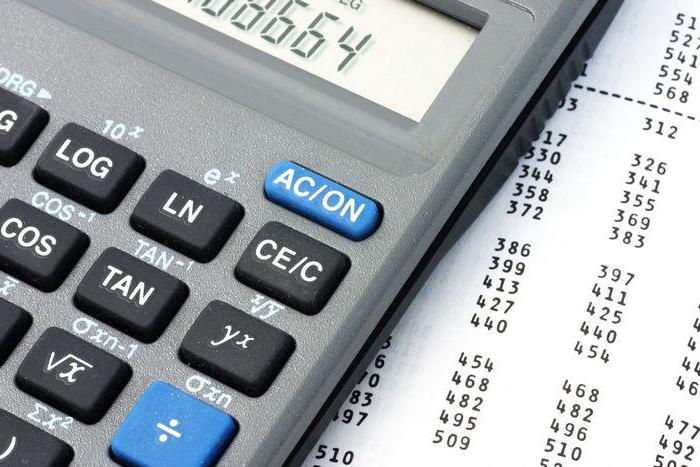Account 20 in accounting, The postings to which will be presented below are used to summarize information on the main production. Under this process is understood the creation of the value of new services, goods or works. Let us further consider what a 20 accounting account is (detailed explanations will be given for dummies). 
Specificity
20 accounting account in the balance sheet has a dual nature. On the one hand, this is an exclusively costing article. It may focus on costs related to the production of finished products. On the other hand, the 20th account of accounting is a material article. It contains information about finished products that are not completed processing and remain in the shops, or goods that have not yet been delivered to the warehouse.
History reference
20 An accounting account appeared only in the 19th century due to the division of the article “Goods”. Double-entry appeared for the first time in trade, and industrial companies only borrowed this method. For many decades, in manufacturing plants, materials were deducted in the “Products” article. The manufacturing process itself was not reflected in the documentation. In this case, finished products were considered as goods and recorded accordingly. This account was considered material. Since the 19th century it has been divided into three parts. If the company carries out only such activities, then the 20 accounting account becomes exclusively costing. 
Balance
Unlike many others, this article does not close. 20 the account in accounting does not have a final balance, and the balance is transferred to DB. This is due to the fact that during the manufacturing process during the reporting period, the company never knows the actual cost of finished products. It is detected only after inventory of work in progress.
Catering
The previous Instruction contained an indication that the 20 accounting account reflects the organization’s costs of manufacturing its own products. New recommendations do not include this provision. This allows catering enterprises:
- Adhere to the practice that has already developed.
- Reflect the products present in the kitchen, count. 41 ("Products").

The second option is preferable in cases where the functions of a storekeeper and a cook are combined by one person. However, even in those situations when they are performed by different workers, cf. 41 it is advisable to open a subaccount for raw materials and finished products in production. It is methodologically more correct to reflect on the 20th account “Main production”. Show raw materials and finished products in the mid. 41 wrongfully. In PBU 5/01 in paragraph 3 it is indicated that the goods act as part of the inventories that are acquired or received from third-party individuals or organizations and are intended for sale. For catering enterprises 20, the accounting account is always an exclusively material inventory.
Expenses
They can be direct or indirect. The former, simply speaking, include expenses that, in accordance with the Instructions or the professional judgment of the accountant, are charged to DB sc. 20. As indirect costs there are costs that, for these reasons, are transferred to other articles. They are called intermediate-operational. Subsequently, the costs are written off in DB SCH. 20 or count 90. 
Methodology
We can assume 2 reasons, according to which the separation of costs is carried out:
- Direct costs are funds that are invested in specific products.Indirect costs are invested in several types of goods. In this regard, if an enterprise produces one type of product, then its costs will fall into the first category.
- Direct costs - this is what is included in the product. Indirect costs are those arising and arising during the reporting period. At the same time, it does not matter which and how much products are manufactured, whether they are produced at all.
Explanation
Today, the second interpretation of the above is used. This means that even if the organization produces only one type of product, then it still has both direct and indirect costs. The first are included in the cost of products. Their size will be determined by the volume of output. Indirect do not depend on the number of products. These include, for example, rent, depreciation, etc. 
Specialist questions
It is important for an accountant to correctly determine:
- Which costs to include in the cost, and which to write off to profit / loss.
- What costs related to the cost can first be attributed to the account. 20, and then, after adjusting the records, transfer the corresponding amounts to the account. 43 and 90. In this case, the remainder of the article on the main production will include those expenses that relate to work in progress. In this case, with an increase in the balance of the account. 20 specialists increase the total asset. Consequently, the quantity becomes taxable profits including.
Account 20 and 26 in accounting
An article on main production captures the cost of manufacturing a product. Cf. 26 reflects management and other expenses that are not directly related to production, but relate to the whole organization. 
Financial policy
It may fix the condition for writing off indirect costs to the account. 90. In this case, the balance of the account. 20 will include only direct costs in the cost of work in progress. The balance will be less than in the case discussed above, and therefore the value of the asset is also lower. Accordingly, profit for the reporting period decreases, since indirect costs were written off entirely due to it.
Taxation
In ch. 25 of the Tax Code also provides for the division of costs into indirect and direct. But the basis of this classification is not an accounting treatment, but differentiation by elements. In particular, Art. 318 NK considers direct:
- The costs of the purchase of materials / raw materials used in the production, performance of work, and the provision of services.
- Salary costs recognized under Art. 255 NK costs for the purposes of taxation.
- Depreciation charges for fixed assets used in production.
Other costs are considered indirect. From this it can be seen that the accounting and tax separation of expenses is different. 
Manufacturing defect
To write it off in theory, two approaches are used:
- The rule of Cher. In accordance with it, all losses from marriage are production costs. These costs are inevitable in any enterprise. From this it follows that they form an organic share of the cost of finished products.
- Gantt rule. According to this provision, losses in general, and especially from marriage, cannot be considered as expenses. Accordingly, they have nothing to do with the cost of finished goods.
In Russia, the Shera rule applies. The cost of rejected goods and the costs of recoverable defects are attributed to DB SCH. 20. It follows that losses are included in cost. Their amount is the debit balance of the account. 28, that is, the amount of loss that could not be recovered.
20 accounting account: postings (sample entries)
The debit of the article in question concentrates the costs that are associated with the production of finished products, work, and services. On the one hand, this function is considered costing, but on the other hand, it is material and inventory, since workshops almost always have work in progress. Offset of these functions causes problems:
- As during the reporting year, finished products accounted for at cost, when they can be determined only at the end of the period.
- How to write off the cost of sales of products, services, works from production shops.
There are several options for cancellation. One of them is a direct way. He assumes that during the period, account 20 is credited to the amount of finished products sold to the warehouse. Due to the fact that the actual prime cost at this moment is unknown, conditional prices are applied (planned, as a rule). The record will be as follows: DB 43 Cd 20.
Valuation at the planned price is accompanied by all finished products, which should be recorded in the warehouse. According to it, write-off from the account is carried out. 43 in DB, cf. 90.2 or count 45. Only after revealing the balance on the account. 20 accountant determines the actual cost of finished products. It will be written off in DB mid. 43.








